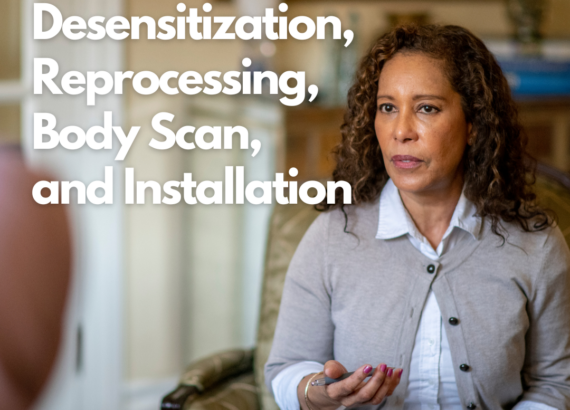Episode 44: Ego State as Preparation and Resource (Part 1)

In this episode, we continue our discussion on Ego State work focusing particularly on preparation and resourcing.
Initial Ego State Work:
- Today we are focusing on ego states as preparation and resource.
- Ego states have the ability to change. It is important for both the therapist and the client to remember this.
- Through the increased reality orientation that may occur with efficient trauma processing, ego states may combine, grow and adapt.
- Clear explanations about the ego state system and its functioning, from the past and within the present, continue to give the client the potential for self-understanding.
- Dissociated ego states may hold aspects of memory, narrative, and physical sensations.
- There are also ego states that can be considered healthy because of their well-functioning, adaptive resources.
Accessing the Ego State System:
- Get creative with ego states by drawing or mapping out the parts or creating an internal visual is helpful, too.
- We must accurately asses the amount of empathy for the system parts and developmental a plan of action for this work. We can achieve this through observing the client’s verbal and body language.
- Each ego state is an adaptation of the nervous system. This is a product for what was determined to be essential for the survival at one point in time.
- Ex: having an inner critical voice might have alleviated punishment from parents during childhood (by reminding the child to stay quiet and invisible).
- Questioning interweaves may be used to help the client identify the ego states:
- “How old were you when that part had to take on that critical function?”
- “What was going on in your life?”
- “What was good about having that part function in that way?”
The Relationship of the Therapist to the Ego State:
- The therapist must continue to reassure the ego states that they cannot and will not be , abandoned, forgotten or taken away. Even if their roles adjust and change over time, they are still necessary to the survival of the ego state system.
- Therapist must form alliances with the ego states during the therapy sessions and overall treatment.
- Acknowledging the ego states’ pain, qualities, and roles is critical for successful treatment.
Creating a Home Base:
- The “home base” is a place where the ego states can find safety, privacy, and relaxation. The creation of a home base is a new idea for many survivors who did not have those things in childhood (Forgash, 2004).
Mindstead- Esty for your mind! Click here and then search “Beyond Healing Center”
Citation
Forgash, C., & Knipe, J. (2012, January 01). Integrating EMDR and Ego State treatment for clients with Trauma Disorders. Retrieved February 23, 2021, from https://connect.springerpub.com/content/sgremdr/6/3/120?implicit-login=true






No Comments